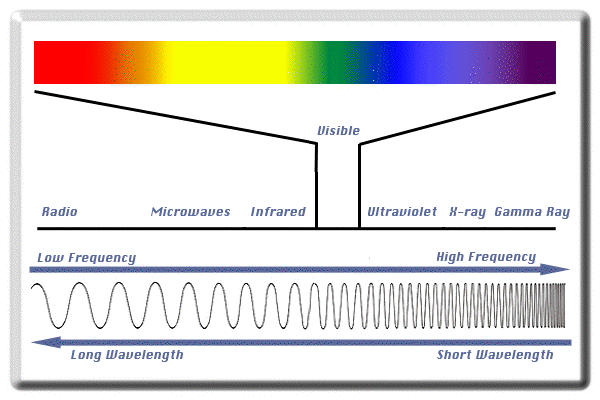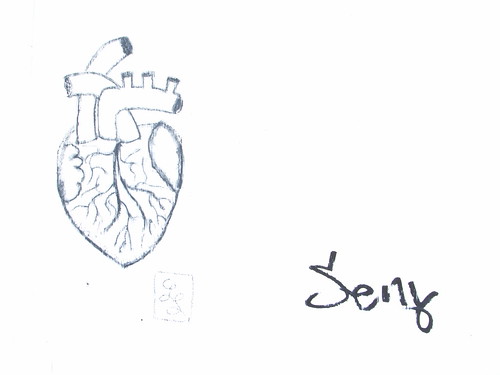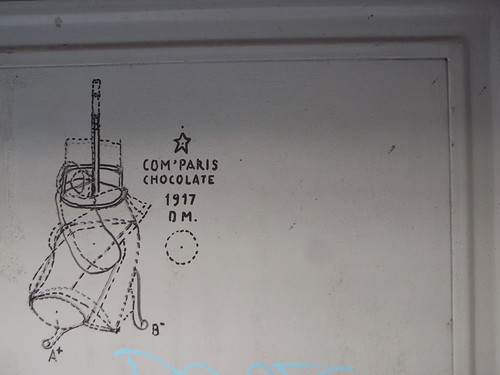Some notes gathered from the annual seminar of the sociology/geography department at EPFL. This year, the seminar was about "digitality and space", focusing how relationships between the individual, the social and machines are reshuffled and what could we envision "new architectures" for "living together".
Boris Beaude about the spatiality of the Internet
Boris, a french geographer, started by showing how the vocabulary about the Internet is spatial: website, navigate/surf, internet explorer, information superhighways, site architecture, "on internet" (in french as well as in english). Is it because the Internet is a space?
He then pointed out that information on the Internet have a speed but not mass... which leads to sensorial issues given that 3 of our senses require mass (proprioception, taste and smell). Therefore, Internet better ease certain type of contacts based on the visual and auditory senses.
Very interestingly, the rest of the talk was about questioning the spatiality of the Internet. Is it because of its infrastructure that the Internet is spatial? Obviously no because it relies on previously existing infrastructure as Boris argued: the existing telecom networks. However, what is curious is that it specificity might be the node of the network, i.e. the content... which would lead us in a situation where the specificity of this network is not the network itself but what is connected.
The last part of the talk briefly concerned the relationships between the Internet and the City. One of them favor connexity and the others is bound to contiguity through two techniques (telecommunication versus copresence) or two different logic (reticularité versus territoriality). BUT the Internet is unique ("un géotype et son unique géon"). This said, Boris describes the 3 sorts of relationships between the Internet and the city:
- complementary logic (e.g. an activity on the Internet can motivate physical mobility like having a chat with a friend on the other part of town).
- alternative logic (e.g. buying a book on Amazon instead of going in a book shop)
- exclusive logic (e.g. wikipedia, open source development: activities that would have a huge cost without the Internet)
Patrick Keller and Christophe Guignard (fabric.ch).
Patrick and Christophe interestingly presented several projects of fabric.ch, their architecture/research studio starting from the idea of the availability of data collected through sensors: what do we do with these data? what's their status? should they be private? public? what technologies deal with them?

Instead of relying on the flawed differentiation between the digital and the physical, they rather presented how they see the hybridization caused by ubiquitous computing to be similar to a spectrum, made of different wavelength. Some are visible, some aren't, and tools/artifacts allow to access to certain wavelength: technologies can then be seen as mediators. They showed how the mediators enable us to access to different fringes of space that would be invisible without them. Another aspect here, also drawn from the spectrum metaphor, is that these different levels coexist: at certain moments, it is possible to access to other wavelengths (interferences). This leads a continuity between the spaces and they describe their work as the creation of interferences.
Their architectural practice aims at understanding the world around them and to propose projects that question it or to describe potential solutions. They then took examples of their work such as Knowscape mobile (a browser that allows to navigate the Internet both as an hypertext and a 3D representation), electroscape 004 (a Playstation dialoguing to an Xbox about their relationships to space), Perpetual Tropical Sunshine (a set of IR lamps that recreate a perpetual tropical client, nurtured by data drawn from a weather database), realroom[s].
Why do I blog this? although these two talks are different from my research, there are very intriguing convergence here and some of the elements discussed are utterly relevant to me in terms of concepts, metaphors, examples deployed. For example, I really like the spectrum metaphor to go beyond the opposition of digital/physical; the description of the relationships between the Internet and the city is also of interest to a project about playing virtual worlds on a mobile phone in a city context.
On my side, it was a way to present my research, about mutual location-awareness as well as the new analysis I am doing with the CatchBob data about the affordances of space.





 (Cone as defined by Paul Saffo / HBR)
(Cone as defined by Paul Saffo / HBR)






